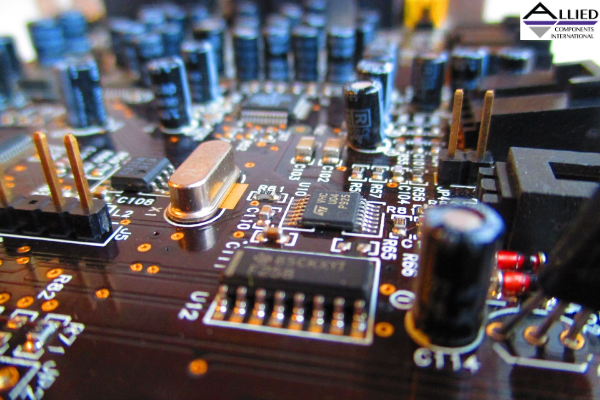Easy Circuit-Analysis Techniques for Forward-Conducting Diode Circuits

Diodes function as semiconductor gates that allow or restrict current flow in one direction or the other. Currents and voltages in circuits with multiple diodes can be analyzed with schematic diagrams. Here are two different methods to analyze forward-conducting diode circuits.
Switch Method
The simplest but less accurate method for circuit-analysis is to view a diode as a voltage-controlled switch that controls the electric current in one direction. A diode has a nonlinear current-voltage relationship, which complicates circuit analysis. Consequently, there is no numerical value that represents this mathematical relationship. A resistor, by contrast, does have a single numerical value, which is resistance.
When the voltage through the switch exceeds zero, current flows without resistance or voltage drop. But if the voltage is zero or less, the current ceases to flow. This analysis presumes the diode performs as either a conducting or non-conducting electronic component. Conducting diode circuits are treated just like wires in a schematic drawing, while a non-conducting diode appears as an open circuit.
Then test the voltage across the circuit to see if the diode is conducting or non-conducting. If the current flows from the cathode (negative) to anode (positive), it means the diode is non-conducting, which is ideal for one-way current.
Constant-Voltage Drop Method
A more realistic method of analyzing a diode circuit is to use an ideal battery that reflects the diode's voltage drop. The voltage of this ideal battery is fixed and constant. If the voltage through the diode is under 0.7 V, it means the diode is off and operates as an open circuit. But if the voltage is greater than this amount, there is zero resistance while generating a voltage drop of 0.7V, which is standard for the common silicon diode.
Also Read - Circuit Simulator: How It Helps You Understand Any CircuitBattery Polarity
A battery's polarity in this model represents an opposition to the direction in which forward current flows through the diode. Current is prevented from flowing between positive and negative battery terminals until the forward voltage surpasses the battery's voltage. That means the battery acts as a facilitator of diode conduction.
Also Read - Short Circuits: Why Do They Happen?Keep in mind an ideal diode blocks current from flowing in a cathode to anode direction. Once conduction occurs, it corresponds with a normal voltage drop. If the battery is replaced with a resistor, the positive polarity would be shown on the left side of the schematic, while negative polarity would appear on the right, indicating a loss of voltage.


